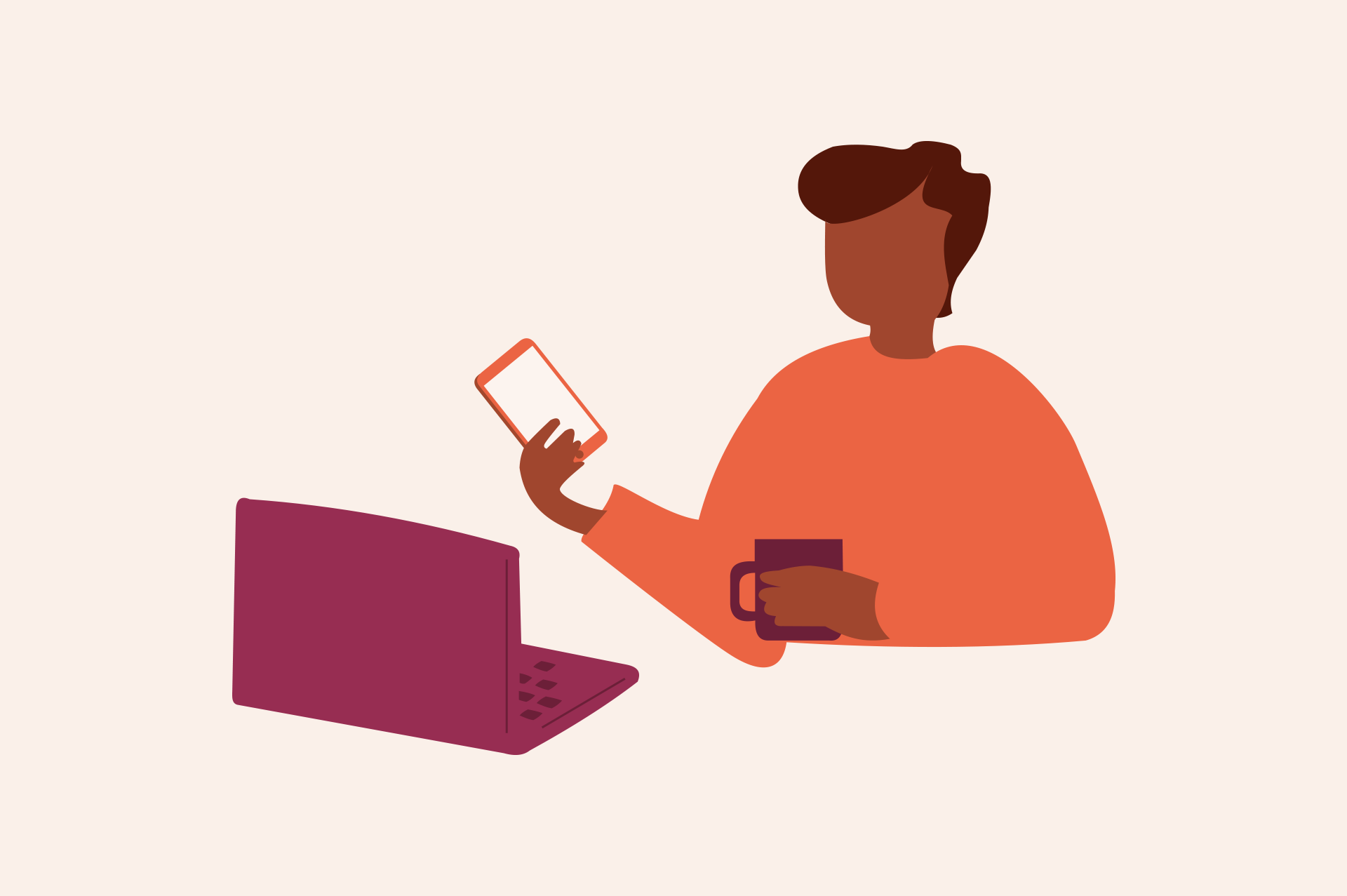Ergonomics
Ergonomics means knowledge of work and deals with the relationship between people and the physical, psychological and social work environment. For you as a student, it’s important that you take care of yourself and consider what both your body and your brain need to perform in the best possible way.

An important part of ergonomics concerns how you can physically feel good in your study environment. Studying in front of computers and screens is a feature of your study time and these are part of your work environment. If you sit for long periods, there’s a risk of tension and pain in your head, neck, shoulders and back, which is often due to the screen being too low down. There can also be a strain on your eyes. Your body is not adapted to sitting for long periods of time but wants movement and variation.
In addition to the physical work environment, ergonomics also involves making things easier for the brain, and this part is known as cognitive ergonomics. It’s important to study in a way that suits the brain’s way of taking in, processing and storing information. A brain-friendly environment is achieved by reducing distractions, allowing yourself to focus on one task at a time, and giving yourself regular breaks and opportunities for mental recovery.
Try this to improve your work environment
For your cognitive work environment:
- Create peace of mind by planning and structuring your studies.
- Find a quiet and safe place to study where you can work undisturbed.
- Do one task at a time. It’s cognitively demanding to shift attention between different things too often. The brain needs time to adjust from, for example, checking social media to focusing on the current study task.
- Manage the load on the brain in a good way. Combine difficult tasks with less demanding tasks, for example, and make sure to vary their tempo so that you don’t always have tasks that need to be done at high speed. Give yourself time to process new knowledge.
- Put your phone away when you are studying. You don’t have to be available all the time!
For your physical work environment:
- Place your laptop on a stand, books or similar and use a separate keyboard and mouse. This will give you a much better position for your neck and head.
- Support your legs while sitting. Use a footstool if you can’t reach the floor.
- The top of the monitor should be at eye level, so you look slightly down. The distance between eyes and screen should be about one arm's length. Avoid glare and reflections from light by sitting with your side facing the window. Enlarge the text if you notice that you are pushing your head forward to see better.
- Rest your forearms and hands on the table or armrests of the chair and have about a 90-degree angle in your elbow.
- If you are using a mouse, place your mouse arm near you and avoid moving it too far forward, away from the body or turning your forearm outwards.
- Work standing up part of the day if you can. When doing so, distribute the weight equally on both legs and feet with slightly more weight on the forefoot. Avoid pushing your knees backwards in a locked position. Shake your legs occasionally to loosen up.
- Move and stretch for a few minutes every half hour. Find a break exercise routine that you like or make your own.